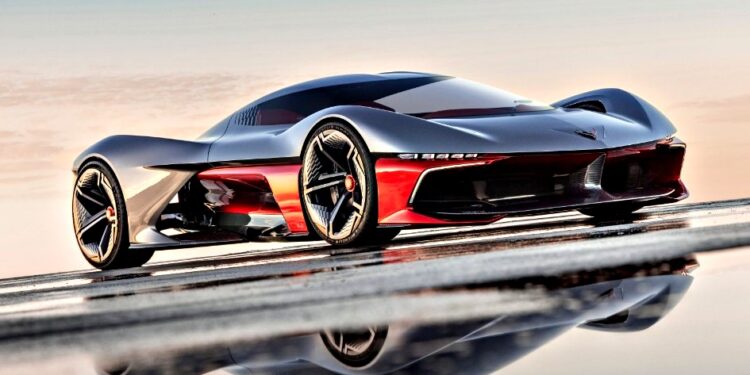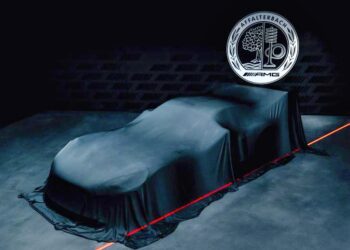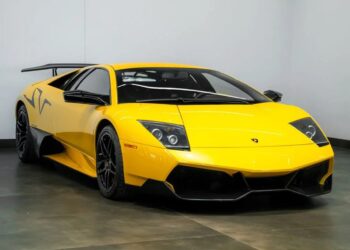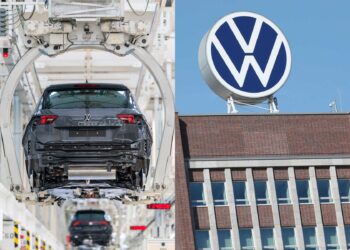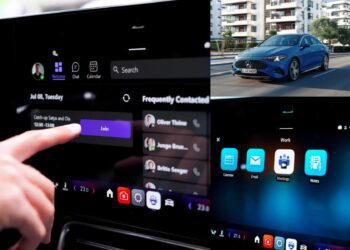Chevrolet has just unveiled digital renderings of a Corvette concept unlike anything before it, a bold reinterpretation shaped by the sun-soaked design culture of SoCal. Fittingly, this is the California Corvette Concept, the second in a trio of Corvette-inspired design studies scheduled to debut in 2025, and this one, as the name suggests, was developed by GM’s Advanced Design studio in Pasadena.
A futuristic vision steeped in Corvette heritage and West Coast creativity, this is a one-of-one hypercar that reimagines America’s sports car through the lens of Southern California’s distinctive design language and is a follow-up to the first Corvette design study revealed earlier this year by GM’s U.K. Advanced Design studio.
“Our Advanced Design teams are dedicated to shaping the future,” said Bryan Nesbitt, GM’s vice president of global design. “This concept honors Corvette performance while pushing into new territory.” That territory, in this particular case, is defined by dramatic proportions, a narrow cockpit, a canopy-style roof that lifts forward in one seamless motion. Also, the front-hinged canopy can be removed altogether, transforming the California Corvette concept from a sleek street machine into a stripped-down, open-air track weapon.
Built around a carbon-fiber tub with a tunneled underbody and active aero elements, including a deployable spoiler and air brake, the car sits low to the ground and has a wide stance, with tires wrapped in staggered wheels measuring 21 inches in front and 22 inches at the rear. An assumed T-shaped prismatic battery pack sits low in the chassis, which improves airflow and seating position, enhancing driving dynamics. A hint of red serves as a great accent color against the sleek silver and ties it all in with Corvette tradition.
Inside, the experience is as focused as it gets. The minimalist cockpit eliminates unnecessary distractions, while integrated structural elements, performance-focused displays, and yoke steering keep the driver’s attention where it belongs. An augmented-reality head-up display presents only the most essential data, enhancing awareness at high speed without overloading the senses.
This concept is not intended for production, and that only gives designers the freedom to dream more boldly. What results is a design philosophy made visible in a machine that celebrates the Corvette’s rebellious spirit, southern California’s rich design tradition.
Earlier this month, we spotlighted some of the most radical mid-engine American concept cars in our Independence Day special, and the California Corvette fits right into that lineage while simultaneously standing apart.
Its SoCal origins are no coincidence. Pasadena has long been a creative epicenter for the automotive world, with institutions like the ArtCenter College of Design producing some of the industry’s most influential designers. Legendary names like Henrik Fisker, Franz von Holzhausen, Luc Donckerwolke, and Karim Antoine Habib all walked its halls before going on to shape the design language of brands like Aston Martin and Fisker Inc., Tesla, Lamborghini, Bentley, Genesis, and BMW.
The GM Pasadena facility, spread across a 148,000-square-foot campus and staffed by around 130 designers, sculptors, fabricators, and creative professionals, plays a vital role in GM’s global design ecosystem. It works alongside other studios around the globe, with locations in Detroit, Shanghai, Seoul, the U.K., and Los Angeles, each contributing to a shared mission of pushing automotive design into uncharted territory.
Of course, the idea of a mid-ship Corvette is not new and has existed for decades, long before the C8. Zora Arkus-Duntov, often considered the father of the Corvette, envisioned such a configuration as far back as the 1960s. His experimental prototypes, including the XP-882 and AeroVette, laid the groundwork for future explorations of performance and layout, even if they never reached production. The California Concept honors this history while forging something entirely new and futuristic.
Source: General Motors Design

